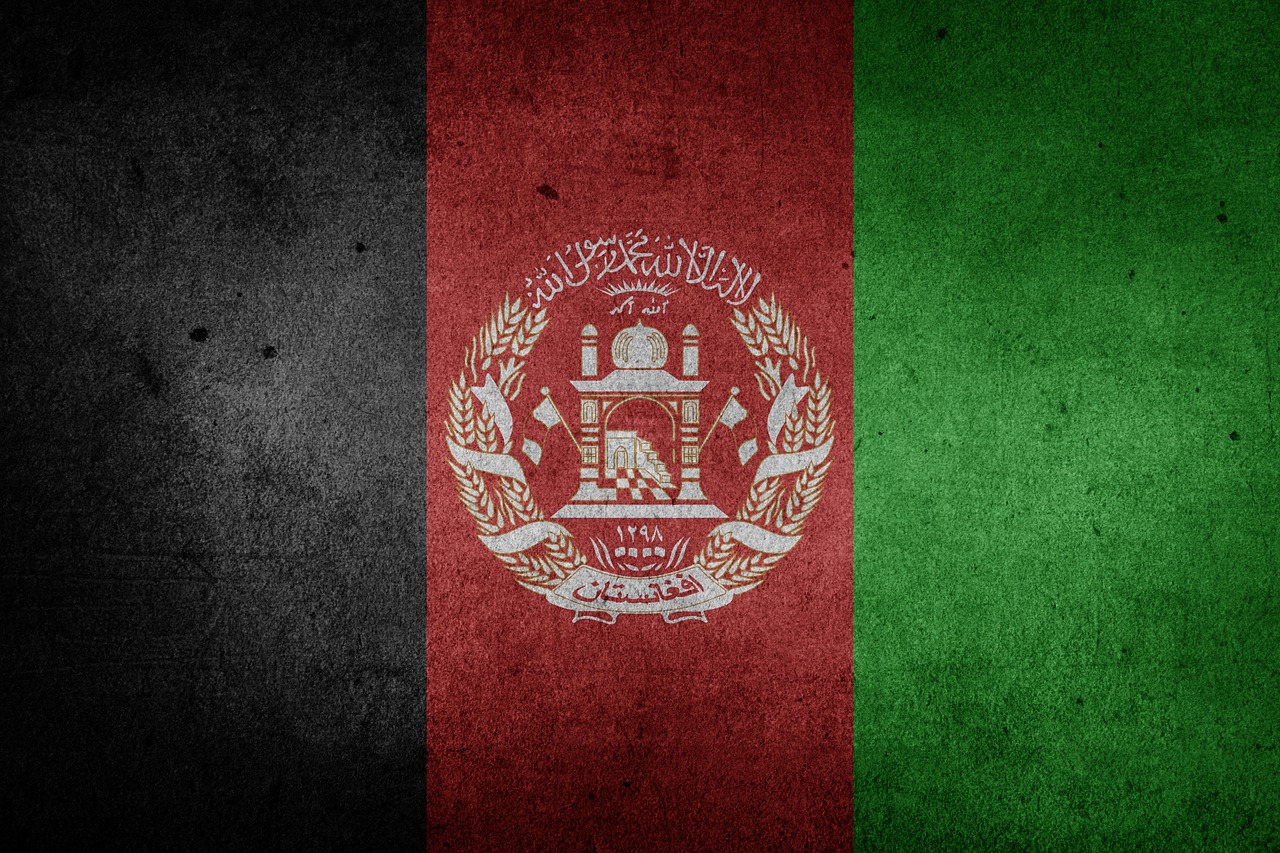Afghanistan has entered the global spotlight in recent years and is finally giving the rest of the world a peak at its rich cultural heritage. However, to fully appreciate the modern Afghan culture, one must first understand the nation’s past and the unique ties that bind its people together.
 Traditions—Afghans bring in the New Year on March 21, a date referred to as Nawroz. Held on the first day of spring, Nawroz is a pre-Islamic festival that celebrates rebirth and the start of a new growing season. During the annual celebration in the city of Mazar-e-Sharif, men hoist a large banner. If the banner is raised in one smooth motion, it is a sign of good luck for the year to come. It is also customary to wear green clothes and to prepare meals with green food on this special day.
Traditions—Afghans bring in the New Year on March 21, a date referred to as Nawroz. Held on the first day of spring, Nawroz is a pre-Islamic festival that celebrates rebirth and the start of a new growing season. During the annual celebration in the city of Mazar-e-Sharif, men hoist a large banner. If the banner is raised in one smooth motion, it is a sign of good luck for the year to come. It is also customary to wear green clothes and to prepare meals with green food on this special day.
Clans—Afghans are fiercely loyal to their families, clans, and tribes, and they view responsibility and honor as the core fundamentals of society. In counterpoint to this focus on the family, they are also very welcoming of guests and take the concept of hospitality very seriously.
Games—The official game of Afghanistan, buzkashi, is a goat-grabbing game that many consider to be the wildest game in the world. Participants on horseback try to grab a goat carcass and then race to drop it in a circle drawn in chalk. Many Afghans would like officials to include the sport in the Olympic Games.
In recent years, however, other sports have gained popularity. Soccer, followed closely by cricket, has captured the attention of the people. A growing interest in basketball has also emerged, and many citizens are taking up martial arts and boxing.
The Arts—Far from the influences of Renaissance Europe, the first oil paintings in the world were drawn in the caves of Bamiyan, in the country’s central highland territory, around 650 B.C. Recently, the city opened the caves to tourists in an effort to share the beautiful art with the world.
In addition to painting, poetry is central to Afghan culture. The practice of reciting poems goes back 1,000 years, and today, men, women, and children enjoy both ancient and modern verses. In fact, many families gather for special nights of poetry recitals and food. Some of Afghanistan’s famous poets include Rabi’a Balkhi and Farrukhi Sistani.
Language—More than one-third of people speak Dari. However, the rugged terrain has created pockets where other tribal tongues are spoken. People in the eastern and southern portions of the country, for example, speak Pashto, while those in the north speak Tajik.
History—When Alexander the Great conquered Herat in 330 B.C., he lost his heart to Roxanne, a beautiful Afghan woman from northern Balkh. Before Alexander died, Roxanne bore him his only son. Alexander is but one of many people who tried to capture and control the rugged nation.
Throughout the countryside, one can still find intricate minarets and monuments, remnants of the many different civilizations that have contributed to the nation’s culture. Not only do these artifacts enrich the beauty of the landscape, but they also point to its geopolitical importance in history.
 Technology—Despite the fact that Afghanistan has one of the lowest percentages of people with access to electricity in the world, it has a nearly 90% mobile phone coverage rate. In fact, the popularity of smart phones is starting to change Afghan culture as more people connect to the world through the Internet, e-mail, and other technological advances.
Technology—Despite the fact that Afghanistan has one of the lowest percentages of people with access to electricity in the world, it has a nearly 90% mobile phone coverage rate. In fact, the popularity of smart phones is starting to change Afghan culture as more people connect to the world through the Internet, e-mail, and other technological advances.
Interpersonal Relationships—The most common greeting between Afghans is the declaration, “Assalamu Alaikum” (peace be with you). People return the salutation by saying “Wa Alaikum Assalaam” (and also with you). When meeting someone, people commonly nod slightly while placing their hand over their heart. Many also shake hands. However, either method is fine.
Cuisine—With ingredients such as lamb, yogurt, and onions, dining in Afghan is a delight to the senses. Traditional Afghan fare is constantly merging with new cuisines from around the world, thereby creating a new fusion of tastes that are taking the culinary world by storm.
Despite differences in locations or customs, most people are more similar than different. One way to identify similarities between Afghans and the rest of the world is to understand the country’s cultural significance and history. For example, the importance of family, honoring the past, and seeking to secure a better future are universal attributes. Identifying shared values like these can help people celebrate what the world has in common, thus leading to a brighter, more peaceful future for us all.

